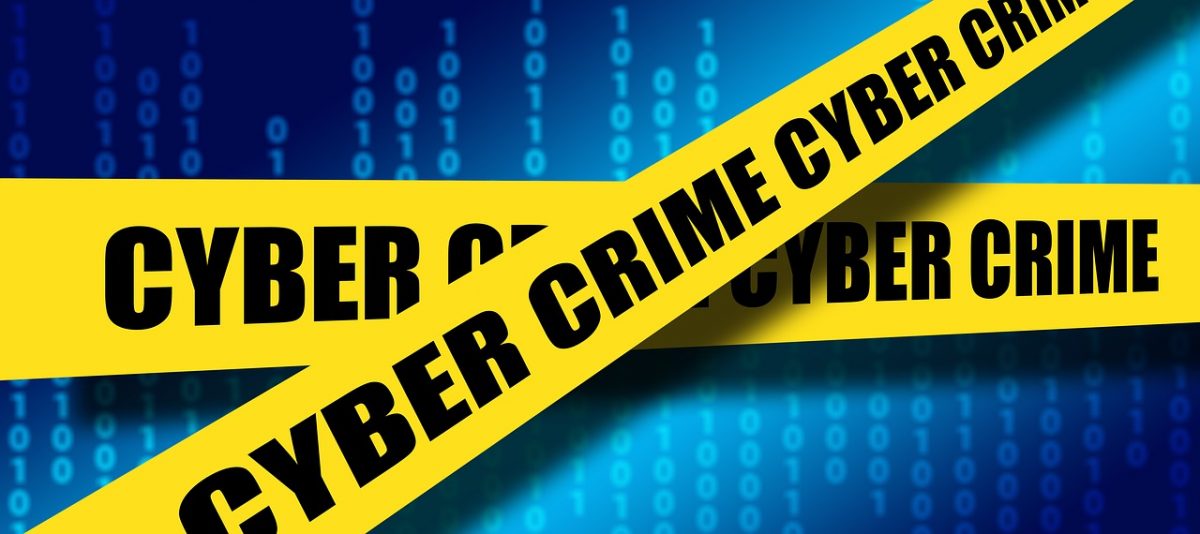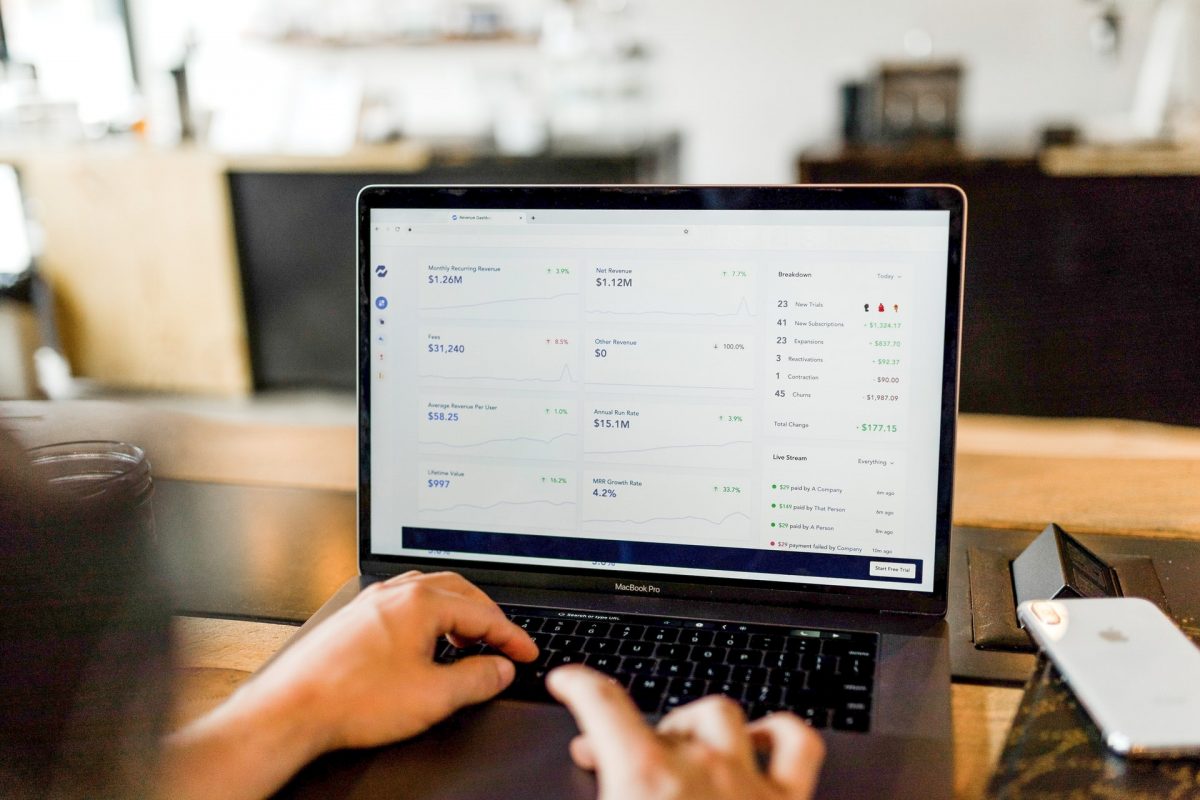5 Ways to Use Fitness to Reach Your Entrepreneurial Goals
Photo by David Iskander on Unsplash
Going down the entrepreneurial path is an exciting prospect, and if you stick to your goals and make some smart decisions, you could very well become a millionaire in the near future and build a thriving business. However, this is often easier said than done, and many aspiring entrepreneurs will abandon their dreams early on for a number of reasons – some of which include stress, financial troubles, or the sheer strength of the competition.
Needless to say, you have to be one tough cookie both physically and mentally if you are to overcome the challenges that your new career path throws your way, and one of the best ways to do that is to adopt a fitness lifestyle. Being healthy physically is a powerful way to enhance your mental fortitude and capacity on all fronts, so let’s take a look at the five ways you can use fitness to reach your entrepreneurial goals more efficiently and effectively.
Use exercise to stay energized
It might seem counterintuitive, but vigorous exercise actually improves your energy levels and keeps you from burning out during a particularly stressful day, especially if you’re running all over town from meeting to meeting and you have to maintain a hectic schedule throughout the week. The last thing you want to do is to sit at a desk all day long or to refrain from exercising altogether in fear that it will negatively impact your energy and zeal, because regular exercise can improve the production of endorphins to give you that energy boost when you need it most. If you want to get the full benefits of exercise, make sure to work out early in the morning before you take on the challenges of the day.
Stay stress-free with meditation and yoga
Photo by Carl Barcelo on Unsplash
Of course, fitness is not just about lifting weights or doing a lot of cardio, it’s also about learning how to take care of your body and mind from within, and how to center and ground yourself so that you can banish stress and anxiety. Staying calm and calculated is one of the biggest challenges that aspiring entrepreneurs struggle with, simply because of the stressful nature of their vocation.
This is why you should look to introduce mindful meditation into your day, and a quick daily yoga session to loosen those tight areas in your body and tune out the stress and the noise. It only takes ten to fifteen minutes for a quick meditation or a few yoga poses, after which you will be able to come back to the fight more powerful and focused than before.
Get your nutrition in order
A big mistake business leaders and new entrepreneurs will often make is that they will focused solely on one aspect of fitness – the workouts, instead of focusing on their nutrition as well. Fitness is a lifestyle, and it encompasses exercise, diet, sleep, and various other important factors, of which your nutrition can make all the difference, so you need to eat healthy if you want to succeed.
If you’re running on a pretty hectic schedule, then let healthy supplements lend a helping hand, and choose a good whey protein powder to make sure you’re getting enough protein throughout the day to fuel your body and mind. You can add a multivitamin in there as well, and make sure to get enough magnesium and zinc in your diet or in supplement form to stay sharp and energized at all times.
Build confidence and resilience
One of the biggest benefits of sticking to a fitness lifestyle is that it helps you build the confidence and resilience you need to keep pushing towards your goals, to overcome every obstacle, and to simply stick it out when the going gets tough without burning out. When you lift heavy at the gym or when you set a new running record, you will feel like there is nothing you can’t achieve, and most importantly, you will feel like a true winner – as all successful entrepreneurs are.
Don’t forget about sleep
Photo by Priscilla Du Preez on Unsplash
Last but not least, you shouldn’t forget or neglect the importance of quality sleep. Sleeping for eight hours every night and going to bet at the same time (and rising at the same time, as well) can do wonders for your overall health, your mood, and your energy levels. Be sure to commit to a strict sleeping schedule and you will have no problem managing your entrepreneurial lifestyle with ease.
Wrapping up
If you’re thinking about becoming an entrepreneur, or if you’ve already begun your entrepreneurial journey, you should consider adopting the fitness lifestyle to achieve your goals faster. Remember, the key is to stay healthy mentally and physically so that you can continue growing your business, and enjoy your new-found fortune for years and decades to come, so let fitness help you get there.




















